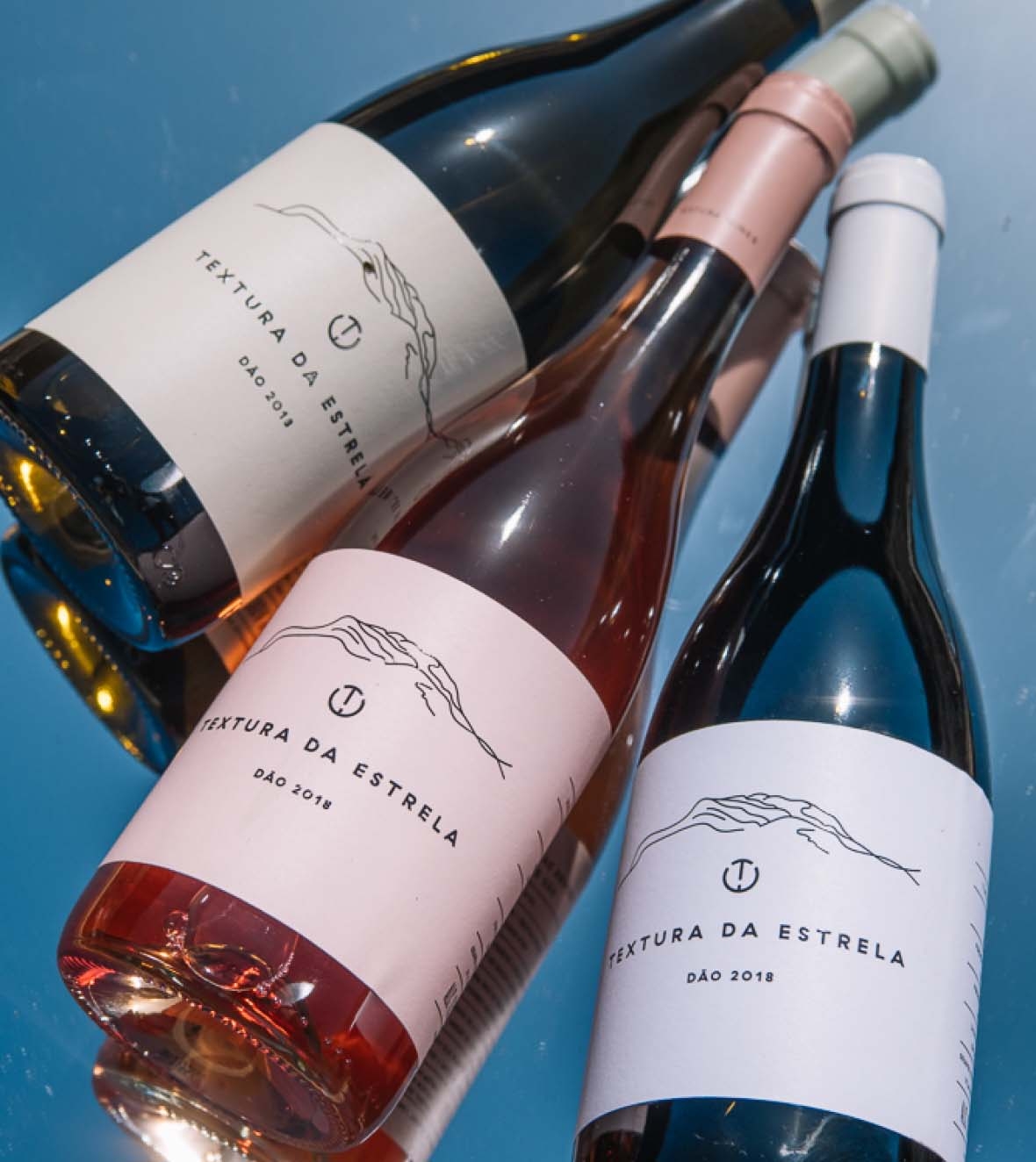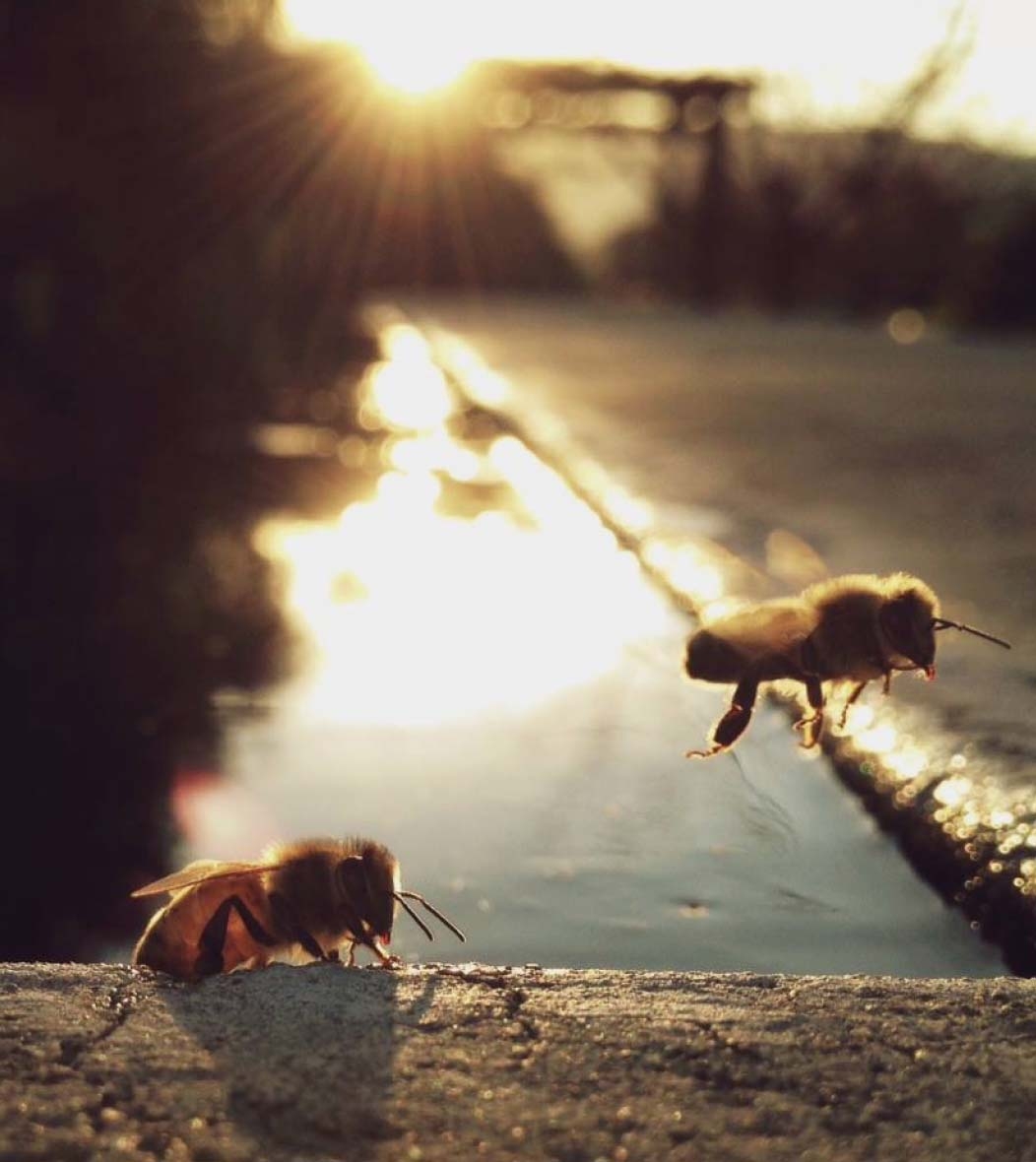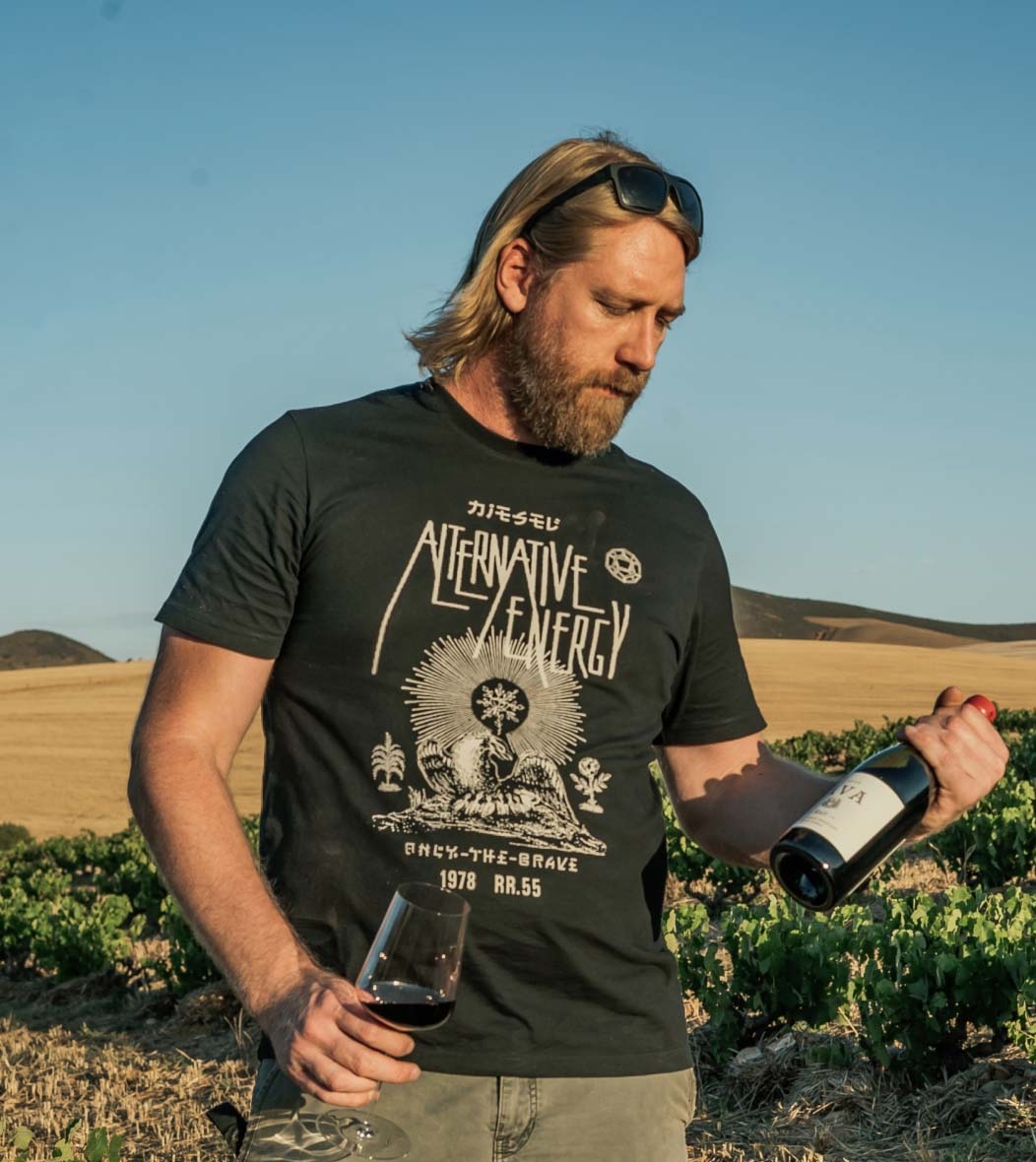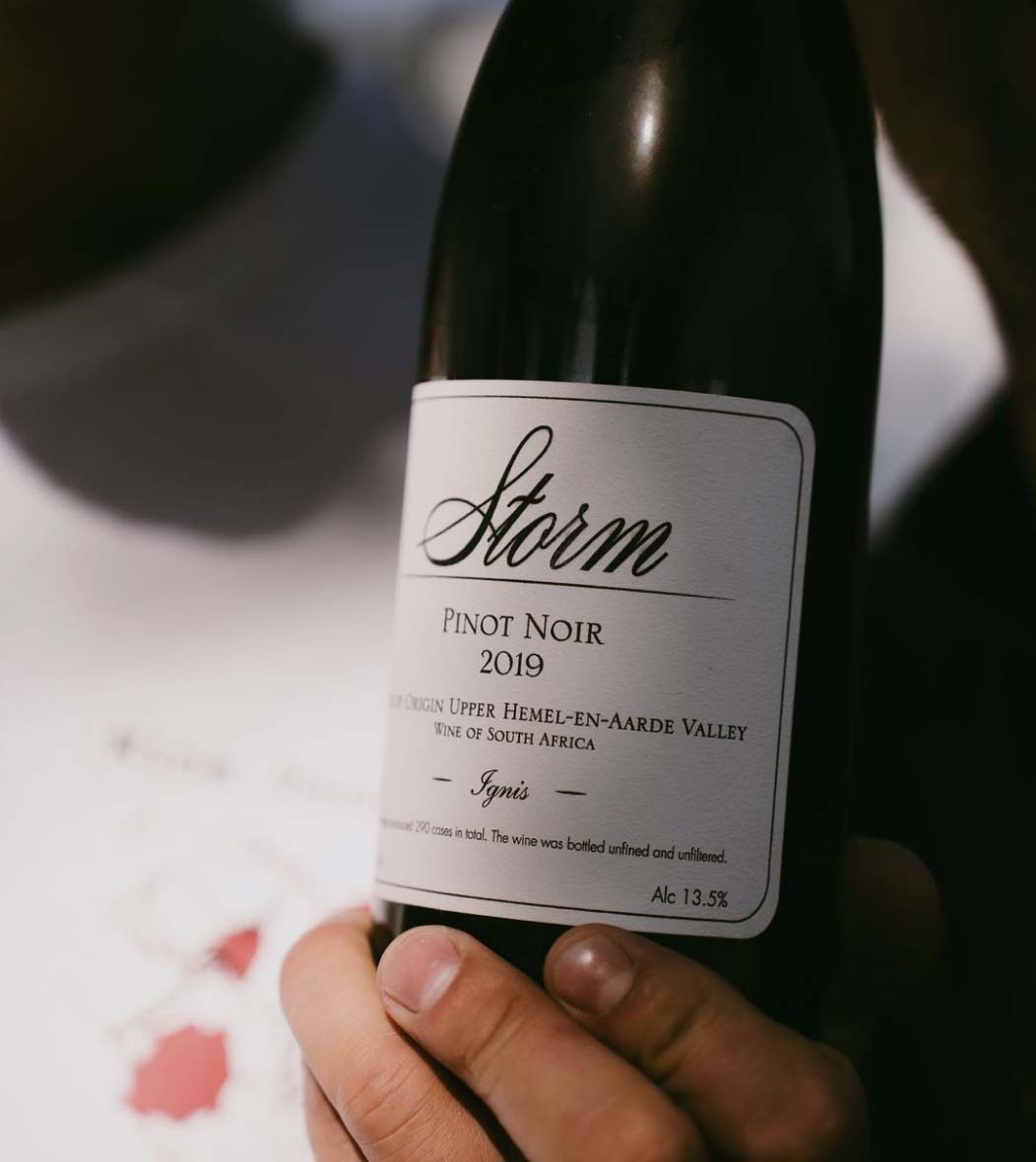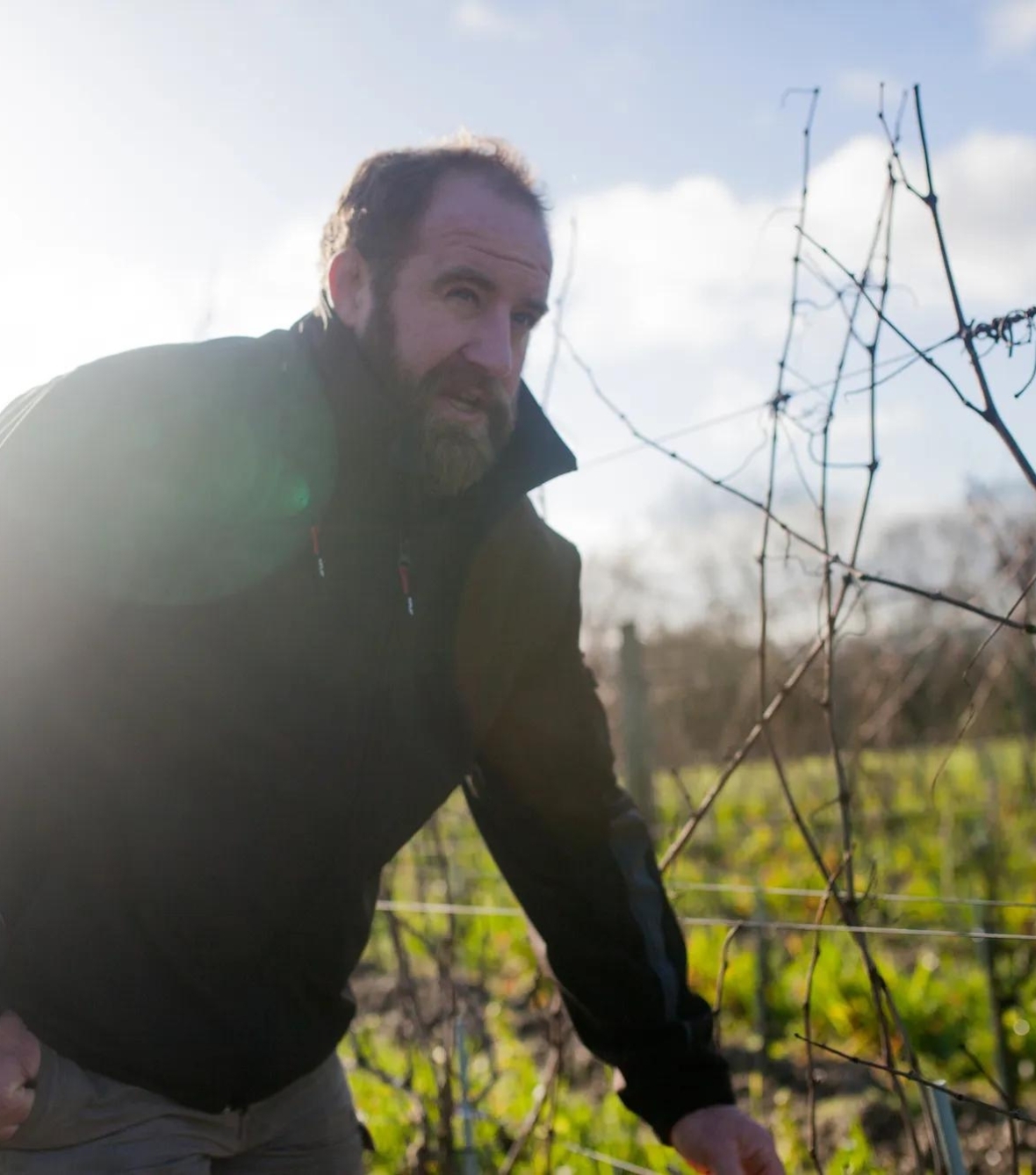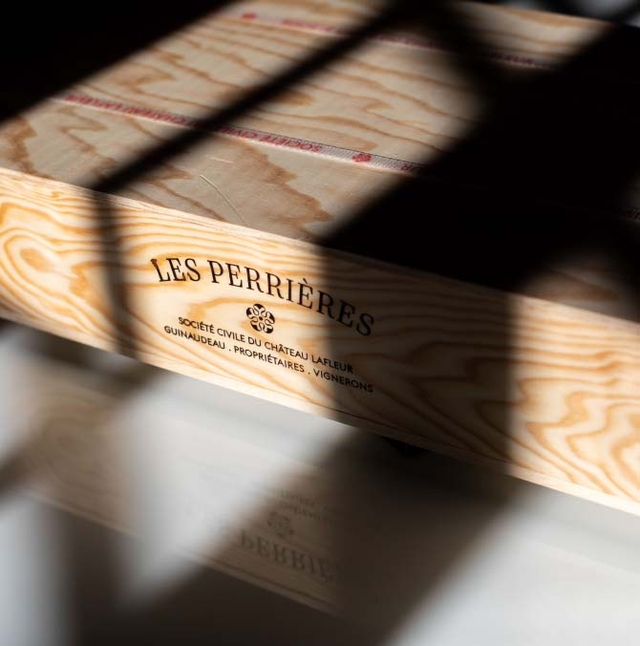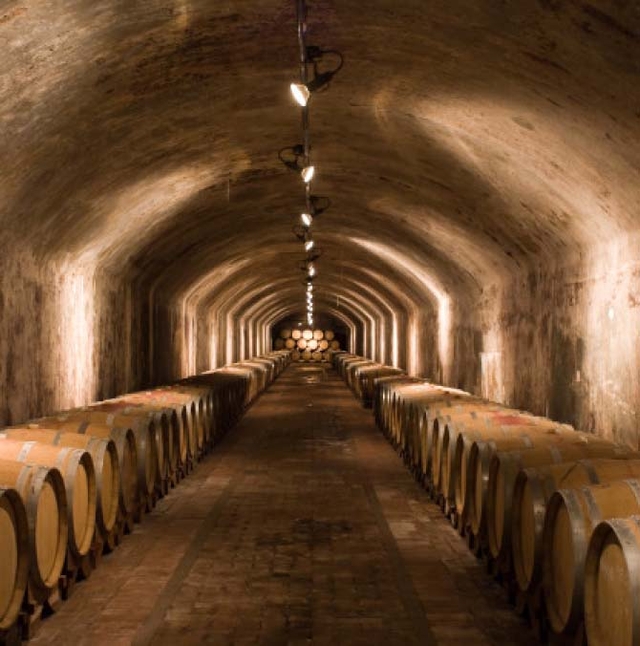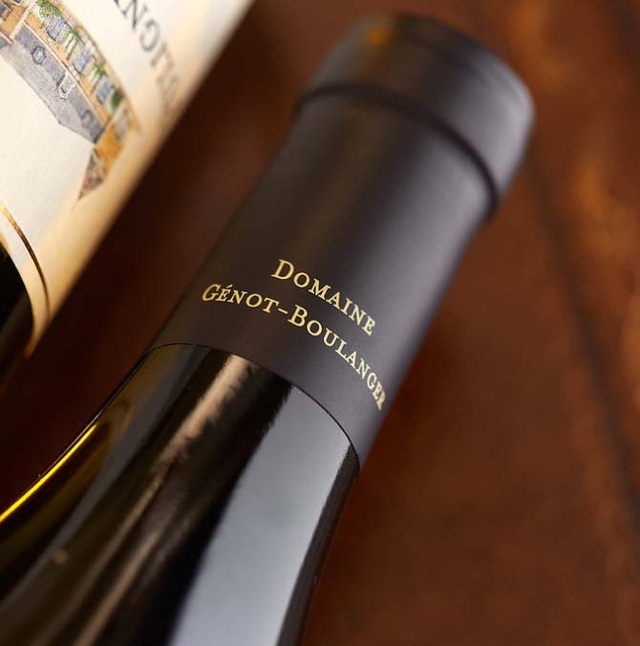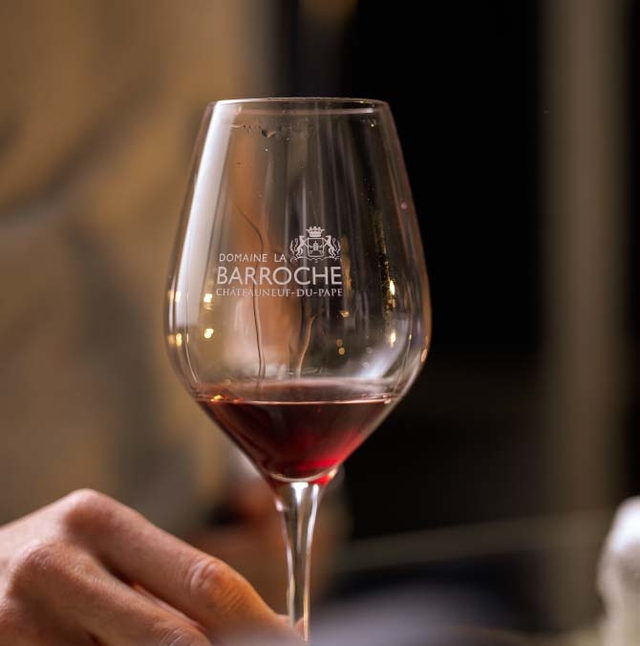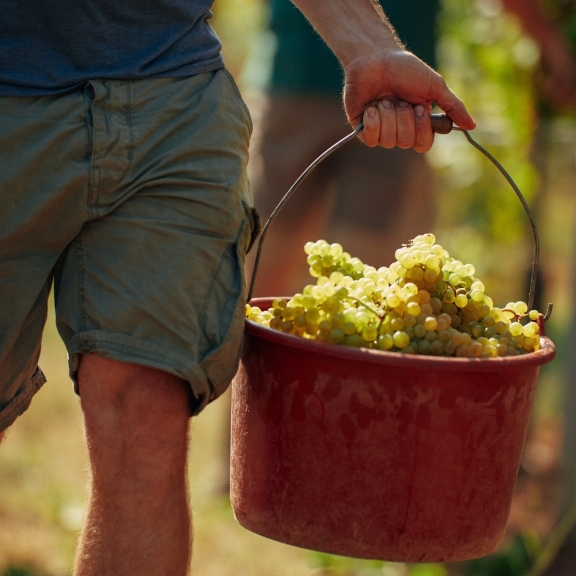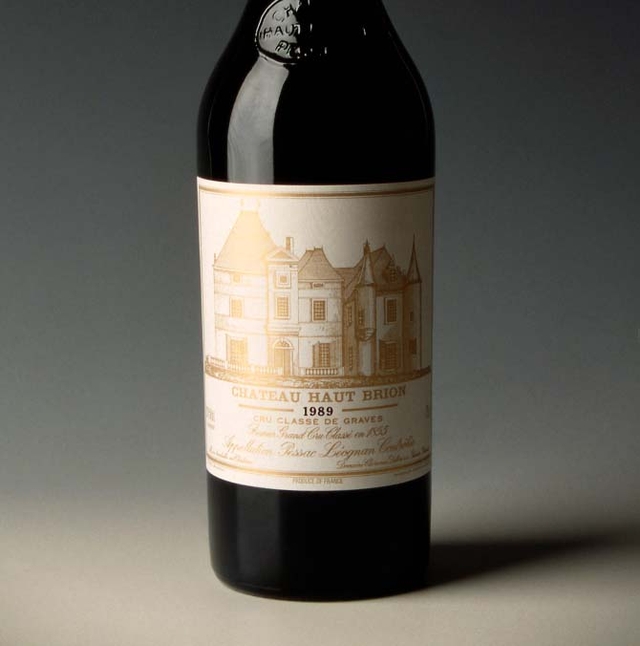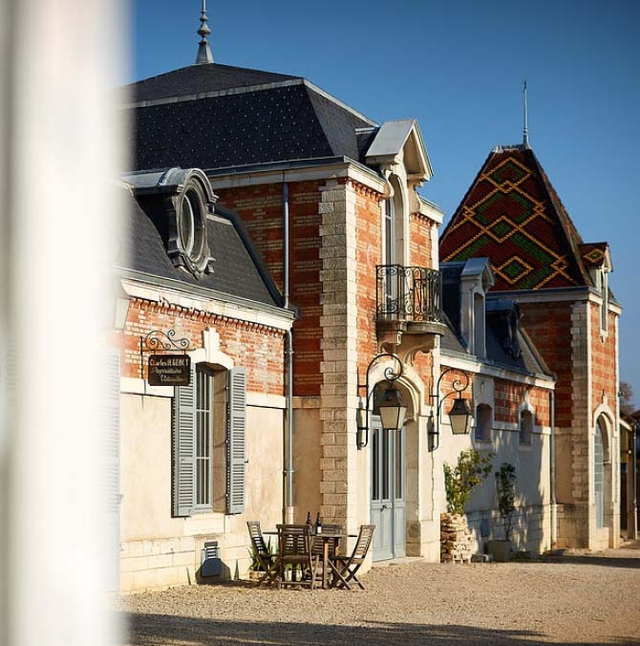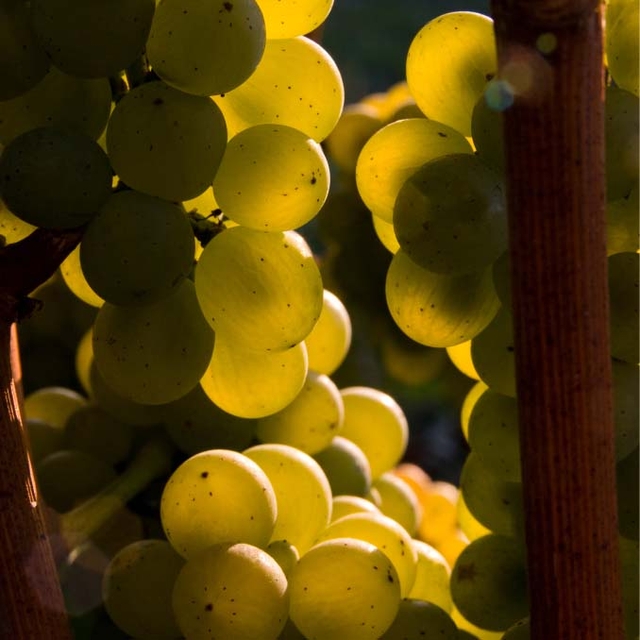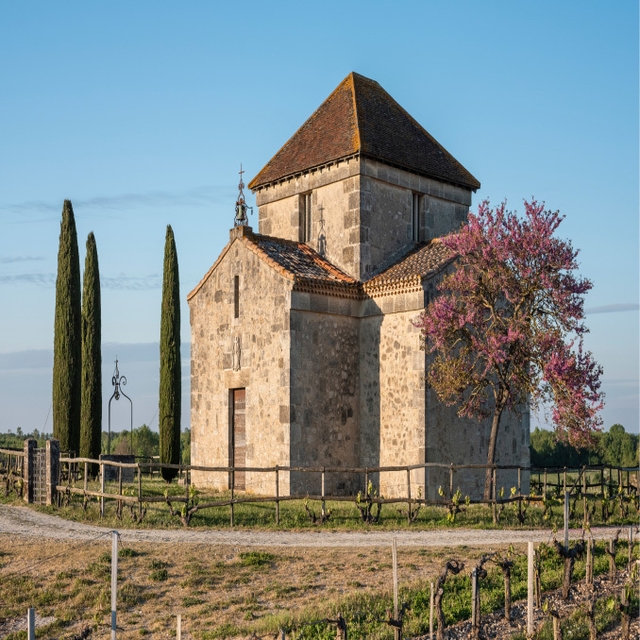
All Stories
Expand your knowledge on the world of fine wine and rare whisky
Explore our latest and most popular articles from our team of experts. Take an in-depth look at vintage reports, our latest discoveries and producer spotlights, as well as buying recommendations.
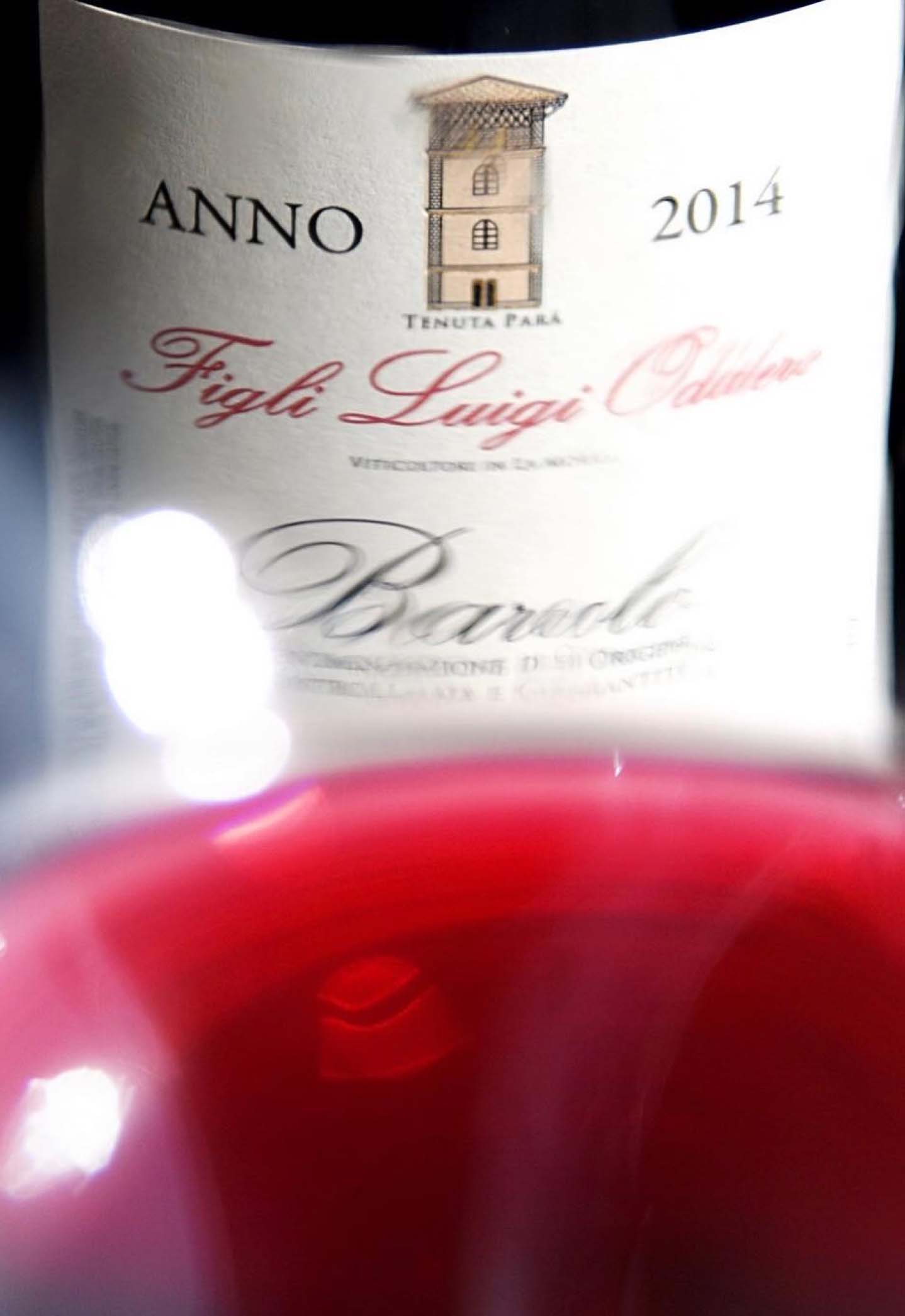
Piedmont – Three estates you should really know about
As Piedmont’s star continues to rise and allocations are wrestled out of the most celebrated cellars, there is a tide of quality, family estates quietly going about their business with all the same diligence and care for their wines.
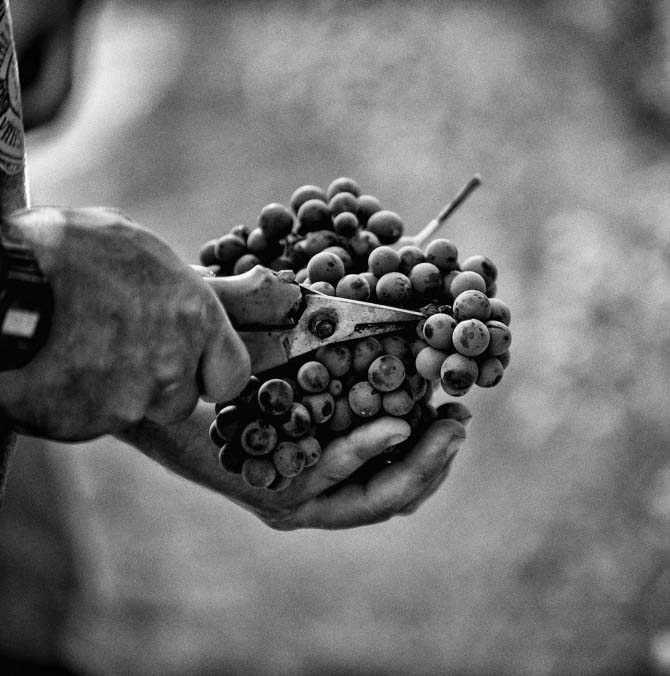
Piedmont – It’s not just Barolo and Barbaresco…
The finest wines of Barolo and Barbaresco are now highly coveted and sought after. For good reason, in our view. Over the past decade in particular, consumers seem to have finally latched on to the unbelievable quality and terroir-transparency that the great Nebbiolo grape can convey.
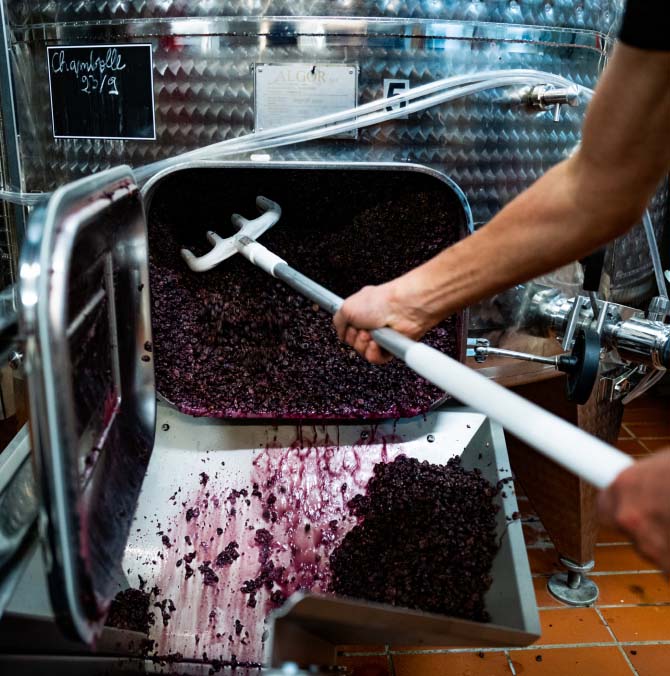
Sustainability at Justerini & Brooks
Working towards a better future. Drinking fine wine shouldn’t cost the Earth. While our environmental impact may be relatively small, we feel it’s right to minimise our carbon footprint in whatever way we can.
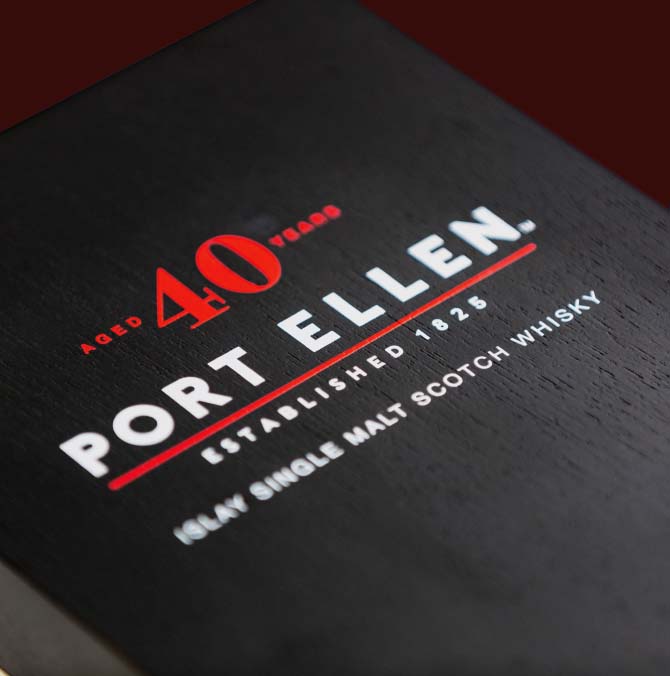
SERIOUS SCOTCH FROM SINGLE CASKS
The pinnacle for any collector is the 40-year-old Port Ellen, bottled from a 1979 cask. This superlative bottling of Port Ellen is one of only 575 produced in the world.
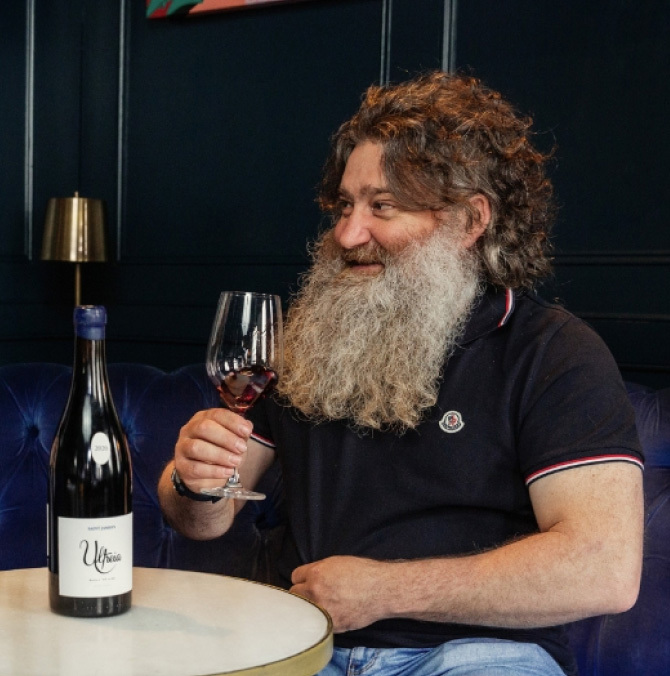
INTRODUCING ULTREIA SAINT JAMES'S
Justerini & Brooks is excited to launch a very limited, exclusive project in partnership with Raúl Pérez.
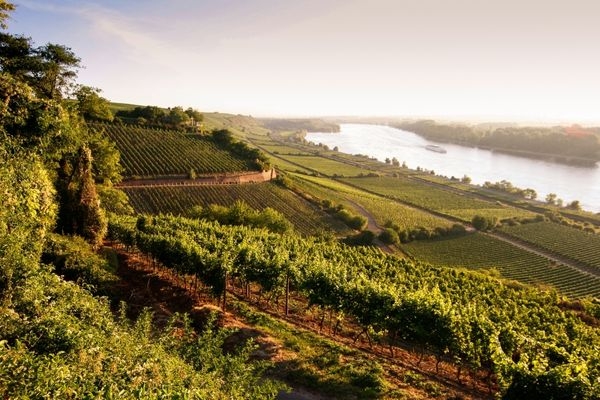
The highlights
Our top stories
See what’s trending in the world of wine and spirits with our most popular stories.
PRODUCERS IN THE SPOTLIGHT
Our buyers travel around the globe in search for the world's finest wines. Learn more about the producers who've been at the heart of our business since 1749.
VINTAGE REPORTS
VINTAGE REVIEWS
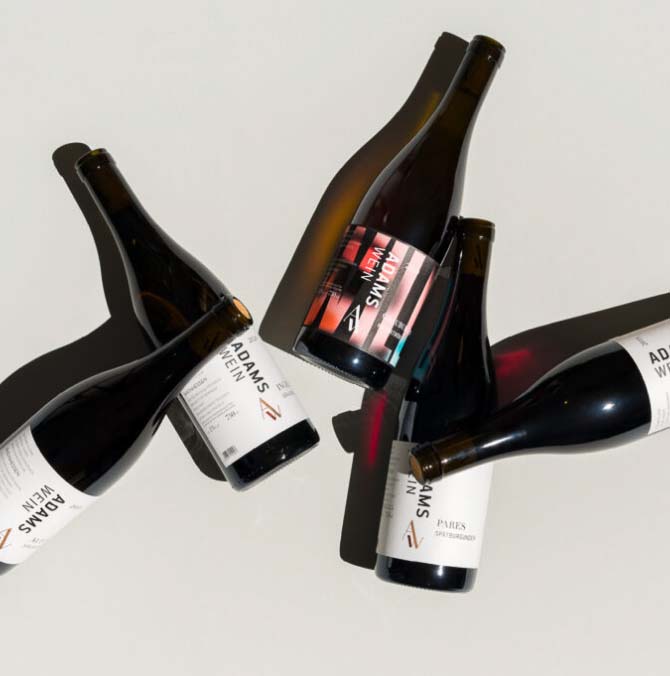
Bordeaux 2021: An insight from our Head of Sales, George Wilmoth
The narrative about Bordeaux en primeur often begins long before we’ve tasted the wines. Every slight change in weather is seized on as an indicator of success, or failure, with disaster stories dominating opinion.
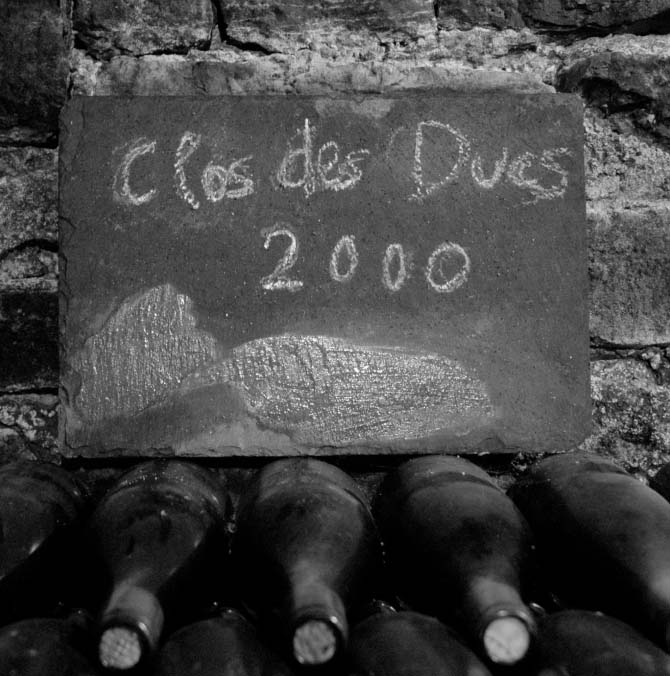
A memorable vertical of Clos des Ducs
When an invitation to a 29 wine vertical of Marquis d’Angerville’s Monopole Clos des Ducs landed on my e-doorstep, I did not think twice. Invites like this don’t come round very often, in fact it may be the only chance I ever get to taste this wine so extensively, I thought to myself.
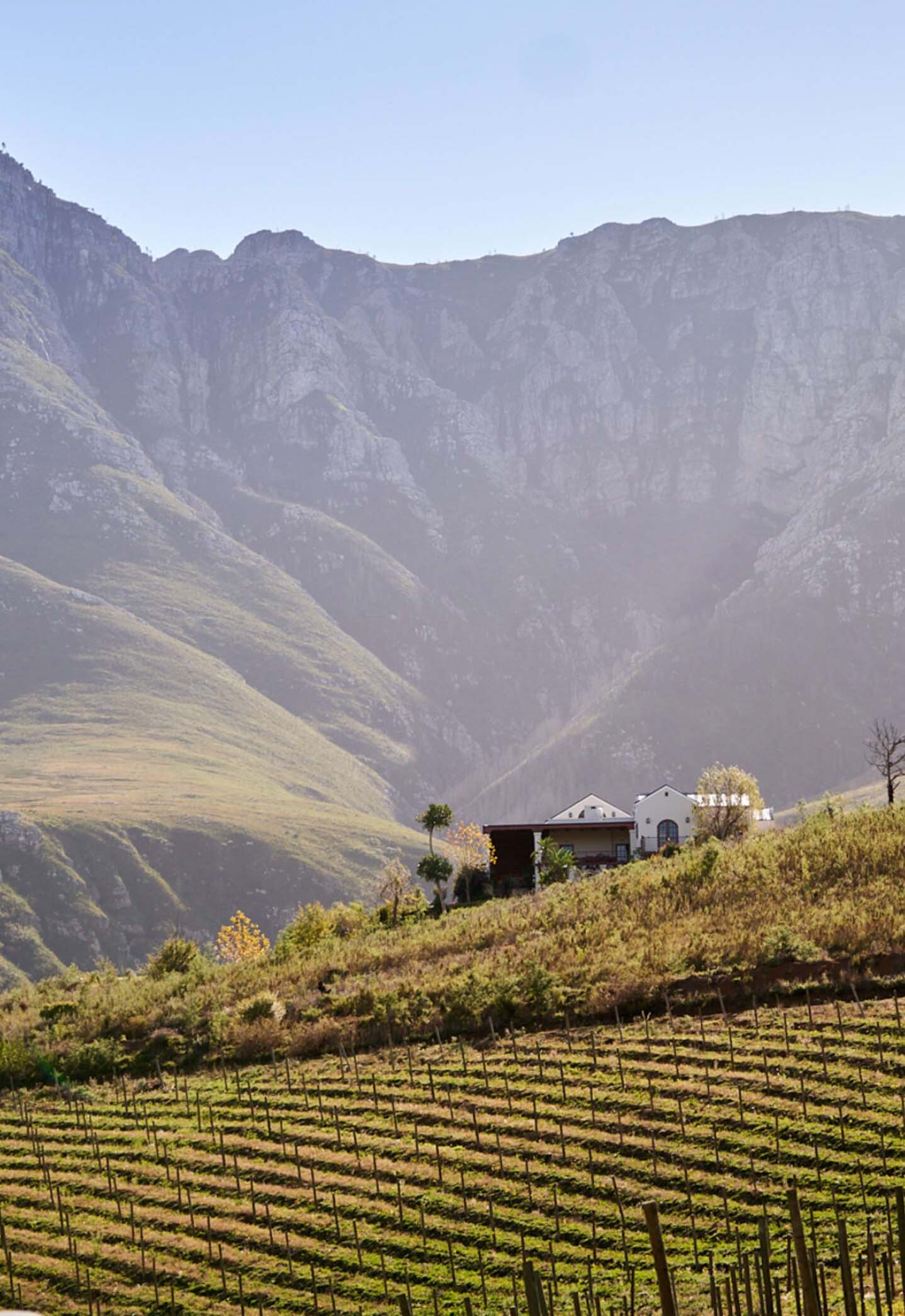
South Africa 2022: Big Skies
“Big Skies” I mumbled, as a striking silhouette traced the skyline and the lacy, sweet, mint-like scent of fynbos hung for a fleeting moment in the air. In the final twilight minutes, immediately before darkness envelops the Swartland completely, when the deep fire-red glow of sunset wanes under the pressure of the heavy inky-black sky, the old wind-battered, scraggy arched trees that dot the mountain top morph into being, high above the Paardeberg vineyards below.

2018 Scotland portfolio tasting
Last week we welcomed guests to the New Club in Edinburgh for a Portfolio tasting, our first tasting in Scotland for two years.
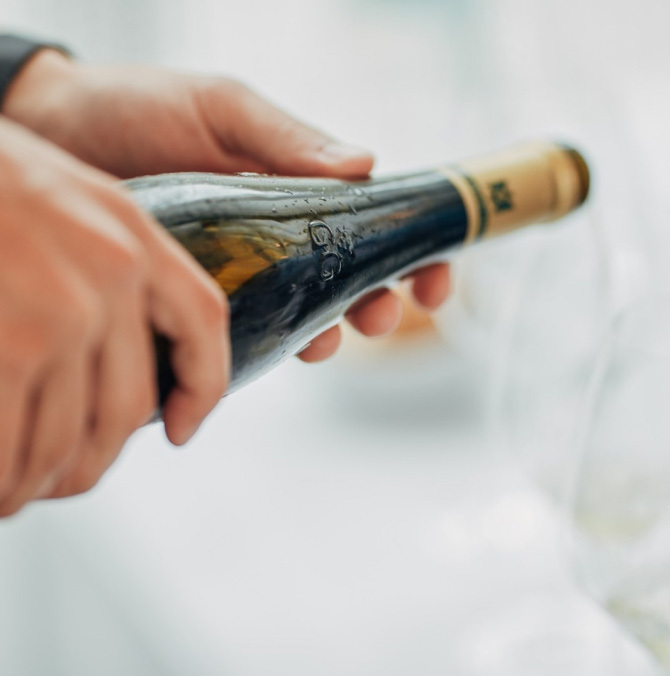
GERMANY 2022 VDP Grosses Gewächs
After a two-year Covid hiatus, it was an honour to be invited back to Wiesbaden to intensively taste all the upcoming VDP Grosses Gewächs (GG) releases over a full three days, brushing shoulders with the who’s who of the national and international German wine business and press.
Sign up to our newsletter
Be the first to receive our exclusive offers, updates and event invitations
Advice
Direct advice from our expert buyers
Insights
Exclusive insights into new vintages and producers
Access
Early access to fine wine and rare whisky releases
Recommendations
Recommendations on celebratory bottles
61 St. James's Street, London SW1A 1LZ
Reg. Company No: 68576
AWRS URN: XPAW00000105319
Please do not share with anyone under the legal purchase age for alcohol.
Drink Responsibly www.drinkiq.com
© Justerini & Brooks 2024. All Rights Reserved.
